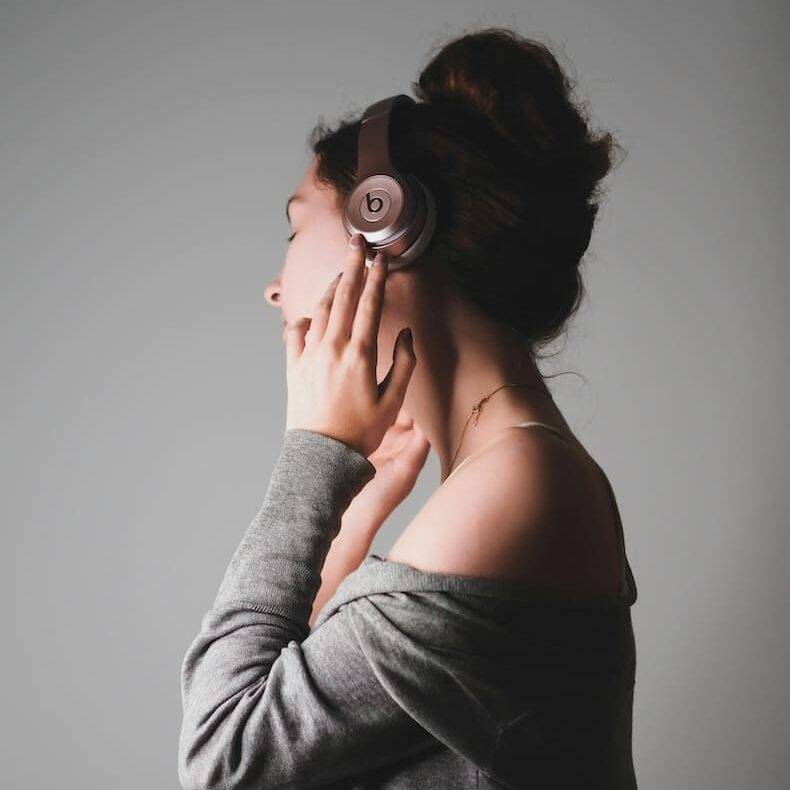
Understanding and Embracing Your Sensory Journey
In a world that’s constantly buzzing with sensory stimuli, adults on the Autism Spectrum often find themselves in a challenging dance with their environment. Sensory sensitivities, a common experience for many with Autism Spectrum Disorder (ASD), can turn everyday tasks into overwhelming hurdles. However, with the right autism support for adults, these challenges can transform into opportunities for growth and self-discovery.
The Unique Sensory Experience of Adults with Autism
For adults with Autism Spectrum Disorder (ASD), navigating the sensory world is often a journey marked by heightened sensitivity and unique challenges. Sensory sensitivities, which are highly prevalent among adults on the spectrum, can significantly impact daily life, relationships, and overall well-being.
The Spectrum of Sensory Experiences
Sensory experiences in adults with ASD are not monolithic; they vary greatly from person to person. Some people may find certain textures, like wool or synthetic fabrics, intolerable, while others might be hypersensitive to auditory inputs, finding even the hum of a refrigerator distressingly loud. For some, fluorescent lights flicker distractingly, and for others, the taste and texture of certain foods can be unbearable.
Hyper- vs. Hypo-sensitivity
Adults with ASD may experience either hyper-sensitivity (over-responsiveness) or hypo-sensitivity (under-responsiveness) to sensory stimuli. Hypersensitive people might find ordinary sensory inputs – like a crowded room’s noise or a shirt’s seams – intensely overwhelming. Conversely, those who are hypo-sensitive may seek out intense sensory experiences, such as deep pressure or loud music, to feel sensory input more acutely.
Sensory Processing and Emotional Responses
The way adults with ASD process sensory information can deeply affect their emotional and psychological state. Sensory overload can lead to stress, anxiety, and even physical discomfort. This can manifest in various ways, from social withdrawal to intense emotional responses, as individuals attempt to manage or escape overwhelming sensory input.
The Impact on Daily Life
Sensory sensitivities can influence many aspects of life for adults with ASD. Simple activities like grocery shopping, social gatherings, or public transportation can become daunting tasks. These sensitivities may also affect work environments, where fluorescent lighting, background noise, or even the texture of office furniture can impact productivity and comfort.
The Importance of Individualized Understanding
It’s crucial for therapists, caregivers, and the individuals themselves to understand these sensory experiences’ unique nature. Recognizing and respecting an individual’s specific sensory profile is the first step in providing effective support. This understanding can guide adjustments in their environment, choice of clothing, dietary preferences, and work or living spaces to better suit their sensory needs.
Embracing the Sensory Journey
For adults with ASD, acknowledging and embracing their unique sensory experiences is vital. It is a journey of self-discovery, understanding one’s own needs and boundaries, and learning to advocate for a sensory-friendly environment. This self-awareness is empowering, allowing individuals to take control of their sensory experiences and enhance their quality of life.
The sensory experiences of adults with Autism Spectrum Disorder are diverse and complex. Understanding these experiences is crucial for effective therapy and support. By acknowledging and respecting these unique sensory profiles, we can create more inclusive and understanding environments that allow individuals with ASD to thrive.
Therapy for Autistic Adults with Sensory Sensitivities
When it comes to therapy for adults with autism, recognizing and respecting each individual’s unique sensory experiences is key. Therapy must be as personalized as the individuals themselves to effectively address the wide range of sensory sensitivities that adults on the Autism Spectrum experience. Below, we delve into various therapeutic approaches that can be customized to suit these diverse needs.
Sensory Integration Therapy: A Core Approach
Sensory Integration Therapy remains a fundamental approach for those grappling with sensory processing challenges. Therapy for autistic adults with sensory sensitivities is about creating experiences that help the brain to better process and respond to sensory information. Activities are diverse, ranging from tactile stimulation with different textures to vestibular exercises that enhance balance and spatial orientation. The aim is to gradually expose the individual to sensory experiences in a controlled, therapeutic setting, helping to reduce sensitivity over time and increase tolerance to various stimuli.
Psychotherapy: Understanding and Managing Sensory Challenges
Psychotherapy plays a crucial role in addressing the emotional and psychological aspects of sensory sensitivities. It’s not just about managing the immediate sensory experience but also about understanding the emotional responses and coping mechanisms that arise from these sensitivities.
- Exploring Personal Experiences: Psychotherapy offers a safe space to explore how sensory sensitivities impact one’s life. This can include discussing past experiences, current challenges, and future fears or anxieties.
- Developing Coping Strategies: Through therapy, individuals can develop personalized strategies to manage sensory overload. This might involve identifying early signs of sensory overwhelm and implementing techniques to mitigate these effects, such as finding a quiet space, using sensory aids like noise-canceling headphones, or engaging in calming activities.
- Enhancing Self-Understanding and Acceptance: Psychotherapy helps individuals understand and accept their sensory experiences as part of their unique autism spectrum profile. This acceptance is key to building self-confidence and resilience.
Occupational Therapy: Practical Approaches for Daily Life
Occupational therapy is often intertwined with sensory integration therapy but focuses more on practical skills and adaptations for daily living. Occupational therapists can help individuals find ways to adapt their environments to reduce sensory challenges. This might include recommendations for sensory-friendly clothing, modifications to the home or workplace, or strategies for managing sensory overload in public spaces.
The Role of Art and Music Therapy
Art and music therapy can be incredibly beneficial for individuals with sensory sensitivities. These therapies offer alternative modes of expression and processing of emotions, which can be particularly useful for those who find verbal communication challenging. Engaging in art or music can provide a sensory experience that is both therapeutic and enjoyable, allowing for creative expression while also serving as a form of sensory regulation.
Ready for support that truly fits you?
One-on-one therapy can provide tools, self-understanding, and strategies to move through life with more confidence.
Sessions available online throughout California.
Creating a Collaborative Therapeutic Experience
Effective therapy for adults with autism and perceptual sensitivities requires a collaborative approach. Therapists, caregivers, and the individuals themselves must work together to identify the most effective strategies. Regular assessments and adjustments ensure that the therapy remains responsive to the person’s evolving needs and preferences.

The Role of Technology in Adult Autism Therapy
In our digital age, technology plays a crucial role in autism support for adults. Apps and devices designed to help manage sensory sensitivities can be integrated into therapy. These tools can track sensory triggers, suggest calming activities, or provide a sensory-friendly environment for relaxation and meditation.
The Importance of a Supportive Community
The journey with perceptual sensitivities is not one to be walked alone. The support of a community – be it family, friends, or support groups – is crucial. Sharing experiences, tips, and coping strategies with others who understand can be incredibly validating and empowering.
Embracing Your Sensory Self
As adults with ASD, embracing your sensory self is a significant step. Recognizing that your sensory experiences are a part of you, but not all of you, is empowering. Therapy provides the tools, but it’s your unique perspective and strengths that turn those tools into stepping stones for a more comfortable and confident life.
Your Next Steps
If you’re an adult with Autism Spectrum Disorder grappling with sensory sensitivities, know that support is available and effective. Therapy tailored to your unique needs can open doors to not just coping but thriving.
Ready to Explore Your Options?
Whether you’re just starting to explore therapy for adults with sensory sensitivities or looking to enhance your current strategies, I’m here to help. My approach is tailored to your unique sensory profile, ensuring that you feel seen, heard, and supported every step of the way.
Contact Me for a Virtual Consultation
Take the first step towards a more comfortable sensory world. Contact me for a virtual consultation, where we can discuss your needs and how I can support you in your journey. Together, we can navigate the sensory challenges and embrace the strengths of your autism spectrum experience.
